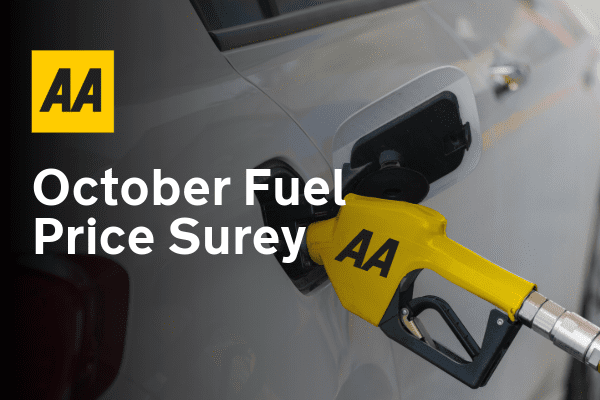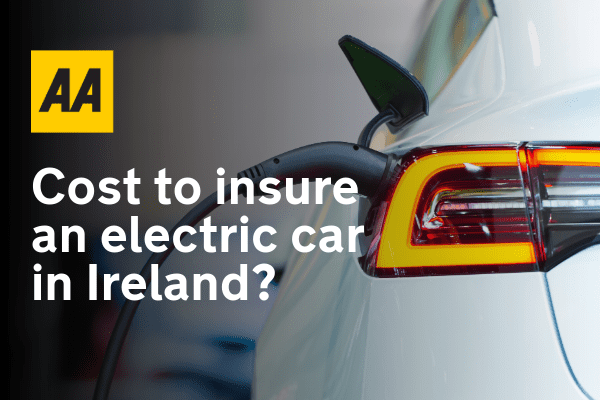
Diesel is now at its second-highest monthly average price on record
Irish motorists driving diesel cars are now spending up to 20 cents per litre more than those driving petrol cars, according to the latest fuel price survey from The Automobile Association.
The average price for petrol across the country remains at €1.84 per litre, with diesel now at €2.02 per litre, 4% more expensive than last month. Petrol is on average, 11% more expensive than in October 2021, with diesel just under 30% more expensive than in October 2021.
It now costs the average motorist with a petrol car €2,210 to fill it, annually, at current fuel prices, €219 more than in October 2021. It costs the average motorist with a diesel car €2,020 to fill it, annually at current fuel prices*, €126 more than in October 2021.
“We have seen quite a spike in the price of diesel in the last month, even though petrol prices have remains largely stagnant over the same period,” said AA Ireland Head of Communications, Paddy Comyn. “Sales of diesel cars were very much in the majority from 2008 until quite recently, so these high fuel prices will be affecting large amounts of motorists nationally, at a time when energy prices are rising across the board.”
It is thought that a surplus in petrol production and a deficit in diesel production is accounting for the differences in prices.
AA Ireland Members can avail of 3 cents off a litre from Circle K via the AA Ireland App.
For more go to our AA Ireland Fuel Prices Page
How to save fuel when you drive
*AA calculates a diesel car will travel, on average, around 800km on a tank vs 700km in petrol, which is why even though diesel is more expensive, the consumer is still likely to use less of it for the same average 17,000km per year.










